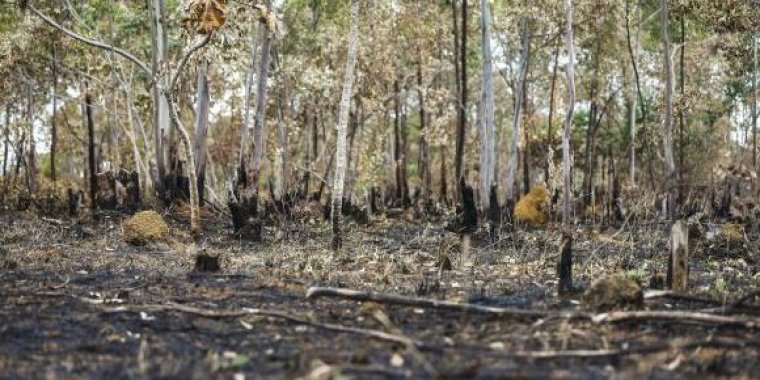| News / Science News |
Species native to Brazil savanna likely to face extinction
An international study spearheaded by Brazilian scientists forecasts the continuation of the deforestation in the Brazilian savanna, known as cerrado.

The cerrado has lost half of its original area. ![]()
According to research coordinator Bernardo Strassburg, the cerrado has lost half of its original area, and, if trends remain the way they are today, he argues, “in three decades we'll lose a third of what's left.” The cerrado has lost 88 million hectares—46% of its native coverage.
This leads to environmental problems of various kinds. The water crisis currently facing the Central-West could be aggravated by the loss in the cerrado coverage, and the emission of greenhouse gases would reach 8.5 billion tons of carbon dioxide.
Strassburg described the cerrado as a major global hotspot for biodiversity, which could be threatened with destruction. This is because the cerrado is home to some 4,600 native plant species, which no longer exist anywhere else on the planet.
Scientists also predict an alarming scenario with large-scale extinctions in 30 years' time, if no action is taken.
The researchers estimate that up to 1,140 species will be doomed to extinction by the accumulated deforestation in the cerrado within this period—a number “eight times larger than all species registered as extinct in the world today.” Ever since registers began being made, c. 1500, 139 plant species were officially cataloged as extinct.
The positive message from the study is that this scenario may be averted with no significant harm to the increase in the agricultural production set to take place in the cerrado—something near 15 million hectares for soy beans and sugar cane in the next 30 years. (Agência Brasil)
YOU MAY ALSO LIKE





